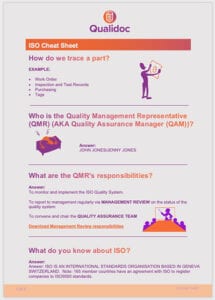I am the first to say that I know next to nothing about statistics. I barely scraped through the mandatory course at university which an unfeeling administration required that I take to complete my studies. My interest and spirits heightened considerably when I realised that the course was more about recognising spurious statistics rather than how to compile and use statistics.
The text for the course was a book by Stephen K. Campbell: “Flaws and Fallacies in Statistical Thinking”. In his chapter on ‘Far Fetched Estimates’ I was delighted to read his section on `Statistics Unknowable Because Some Physical Barrier Interferes with Data Collection’. He quoted a researcher (Seligman) who was anxious to identify the basis for claims made by various newspapers that the rat population in New York City was in the range of 8-9 million. Apparently the only real study on the matter had been conducted in 1949. Under a grant from the Rockefeller Foundation researchers had actually counted rats in a certain area and extrapolated these figures to the whole of New York City. The whole exercise became redundant when one of the researchers remarked to Seligman:
“You can count a rat on the eighth floor, and then another on the seventh floor, and then another on the sixth, but after all, you might just be seeing the same rat three times.”
The anecdote above is a lightbearted reminder that,despite the enthusiasm for measurement by many of my colleagues in the quality assurance world, the categories to be measured, and why they are being measured, must be defined carefully otherwise the statistics will not produce useful results. I might be preaching to the converted but I know from experience that category errors can lead to expensive misunderstandings of condition and objectives.
Baseline configurations should include contingency time to cover ‘unknowable statistics’; i.e., conditions which can’t be anticipated from trends whose antecedents might be ambiguous. No one wants to waste resources being the victim of “spurious statistics” when careful selection of measurement techniques can bring rewarding results.
I’ll close this post with another quotation from Stephen Campbell:
‘The story is told about an event during a trial following a calamitous wreck at a railway crossing. A railway worker testified that he had signalled vigorously by waving a lantern. His animated demonstration of the vigour with which he waved the lantern greatly impressed the jury, which eventually found the railway and its personnel innocent of negligence.
After the trial, the lawyer for the railway commended the man for the effectiveness of his testimony. The railway worker, obviously greatly relieved, said: “Thanks. But for a while there I was afraid the other lawyer was going to ask whether the lantern was lit.”
